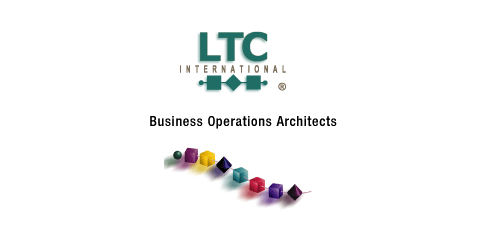|
|

article page | 1 | 2 | 3
Multicast branching of a data stream is not linking to a conference bridge. You cannot reuse the conference bridge model for one-to-many video web casting; even when filtered reverse-comments are allowed.
The newly minted concept of QoS, as driven by delivering real time IP packet streams, has already lead to a rethinking of NGN around the refined IMS architecture. IMS is driven by the realization that QoS will be necessary for even simple services and present in everything. SIP is nothing like SS7 or Q.931. The management models and data descriptions of the SS7 architecture are not synonymous with anything in SIP. Even concepts like “in line signaling” and “out of band signaling” are not relevant. It is better to think of a SIP server or HSS as a broker
|
|

And this management SOA will need a computing grid for its platform.
These new triple play enabled services will require complex interaction models, way beyond anything seen before. Multiple signaling streams will need to be coordinated. Multiple delivery targets coordinated. Often each user and each service will have separate SLAs to coordinate. Content will branch and rendezvous. Today you can view the TV episode you missed last night on your phone while commuting on the train. Tomorrow virtual communities of users will come and go, transferring between different console devices, in and out of Social Networking Service (SIS) collaborative applications; each time requiring synchronization. Provisioning a service might involve touching hundreds of different devices and taping dozens of protocols. Then this service must be delivered instantaneously and have a life of only minutes.
|
|
|
|
|

rather than a signaling protocol or switching system.
Also the organization of traditional OSS product groups will not adapt to the environment of triple play. Current OSS product groups originated with ITU FCAPS (Fault, Configuration, Accounting, Performance, & Security). Hence there are trouble ticket products, and alarm management products, and router configuration products, and performance reporting products, and billing products, etc. These products are doing decomposed functional tasks. They are not managing either a network or a service. Even NGOSS (TeleManagement Forum’s New Generation Operating System’s and Software), does little more, at this time, as it is being currently deployed, than apply an ESB (Enterprise Service Bus), alias event passing, to existing products. Basically the prior model of best-of-bread applications connected via interface mapping integration has been replaced with easiest to integrate application connected via workflow orchestrated event/message passing. Integration models, however advanced, will not cut it here; the complexity is too great. For this type of complexity, the purest SOA IT architecture is a must.
|
|

Progress: But we have optimism that new management approaches will arise to fill these new needs. Certainly new paradigms and technology are being developed for users to interact with all the channels and content of the future. Take a look at Hillcrest Labs’ spontaneous navigation product, developed for surfing content in IPTV. Users fly through three visual dimensions in order to navigate a set of infinite hyperlinked content dimensions. A wireless, motion sensing, hand-held remote drives the reference point thru visual hyperlinks to navigate a directory tree of content. Something like this could even navigate an alarm “trail-of-blood” that occurs when those 60 components in IPTV suddenly stop delivering 1000 channels of video to 100,000 customers – and do it in the allotted 15 minute response window. But would not autonomic management systems be better?
IPTV may indeed be the technology and service set that drives a leap forward in thinking about how the entire ecosystem of content, network, delivery, management and billing must work – cheaply, and incredibly efficiently. This level of complexity is in our opinion, best left to smart, machine-resident agents. Stay tuned!
|
|
|
|




